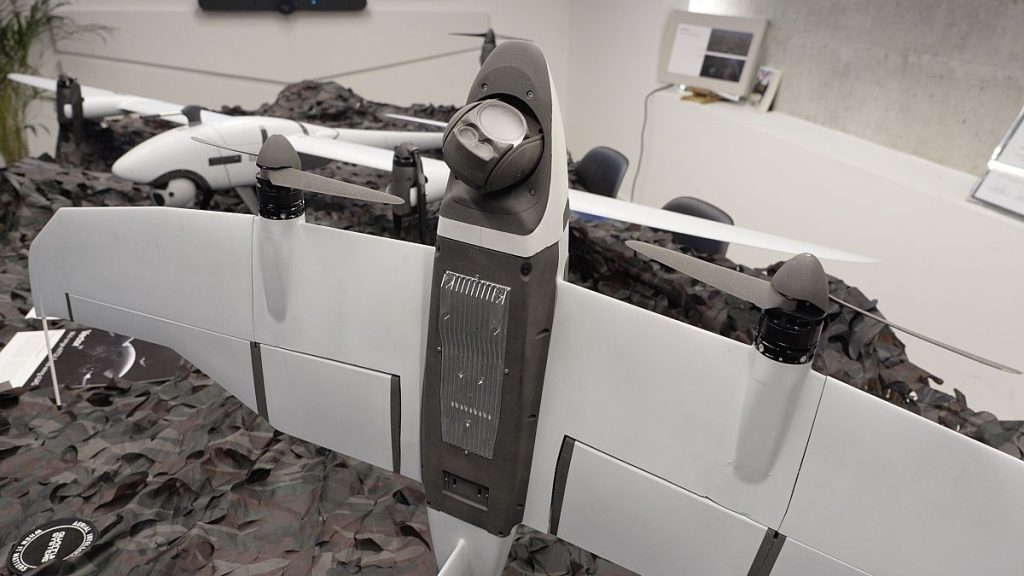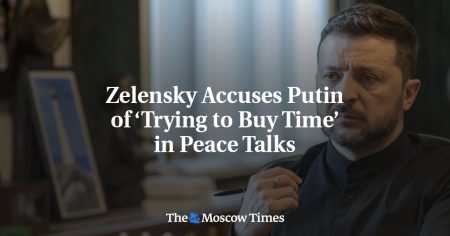Summarize this content to 2000 words in 6 paragraphs
Western technology has been found in Russian drones used to attack Ukraine, fuelling calls from Kyiv to tighten sanctions and export controls on Moscow.
Russia’s full-scale invasion of Ukraine has reached the grim milestone of 1,000 days. Over this period, at least 12,000 civilians are estimated to have been killed, many by Russian missile and drone attacks.Reflecting on Russia’s aerial onslaught, Serhiy Popko, head of the Kyiv City Military Administration, said on Telegram this week: “Kyiv survived dozens of massive, combined airstrikes over the last 1,000 days. During the most intense attack, the Russian army launched nearly 80 missiles and UAVs at our city!””Think about it — in the 21st century, the capital of a European state is being destroyed by thousands of missiles and drones,” he added.While drones have posed a grave threat to Ukrainians during the conflict, they have also become an essential tool in the country’s resistance. These devices have revolutionised its military’s modern warfare capabilities: enhancing reconnaissance, enabling precision strikes, and improving battlefield awareness.Ukraine’s diverse drone fleet — from small commercial models to larger UAVs — has played a pivotal role in countering Russian forces, demonstrating how technology can be leveraged in asymmetrical warfare, according to analysts. “The war in Ukraine is undoubtedly a drone war”, said Paul Strobel, spokesperson for Quantum Systems, a German drone producer. “I think this has been quite clear over the past two and a half years.”Western components found in Russian dronesUkrainian investigations have uncovered that captured Russian drones — including Iranian-made Shahed models — incorporate electronic components manufactured in the West, such as parts from the US and Europe.For instance, the Shahed-136 model includes a round connector made in the US, with other critical components sourced from Germany, Switzerland, and Japan, according to Ukrainian media reports and research by think tanks. These parts support navigation, communication, and other essential functions. That they are made in different countries reflects the global nature of supply chains and the difficulty of enforcing export controls on dual-use technologies.Western sanctions on Moscow over its full-scale invasion of Ukraine have banned the export of all dual-use items — those with military and civilian functions — to Russia. However, Russia is believed to have been procuring these parts through intermediaries instead, particularly in hubs like Hong Kong.Oleksii Makeiev, the Ukrainian Ambassador to Germany, emphasised the need for stricter measures. “We must focus our sanctions work on preventing electronic components produced in the West from becoming complicit in daily war crimes in Ukraine,” he said. “Internal procedures at Western companies, and actions by governments, must ensure these components do not end up in Russia.”While there has been scepticism over the effectiveness of sanctions on Russia, Makeiev said they are having an impact.”Russia is weakened by economic sanctions. But there is always room for improvement. The cap on Russian oil must be lowered. We also expect sanctions to be introduced against the Russian nuclear sector”, he added.















